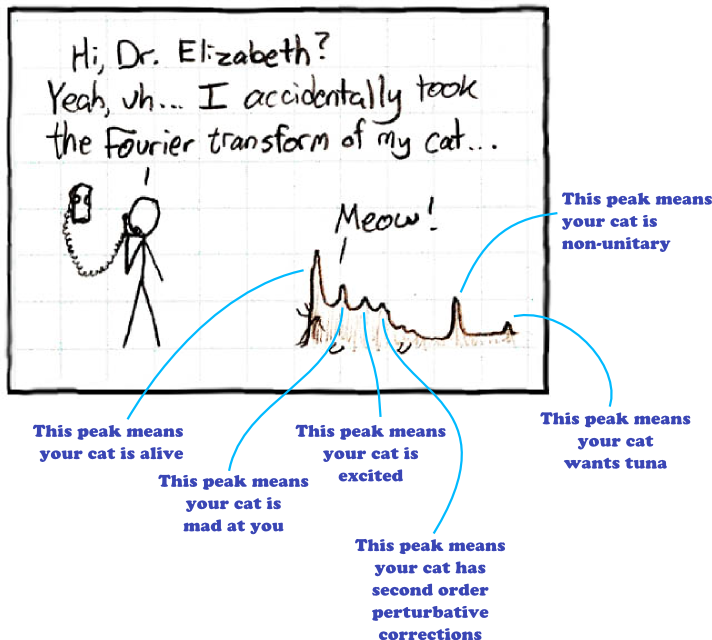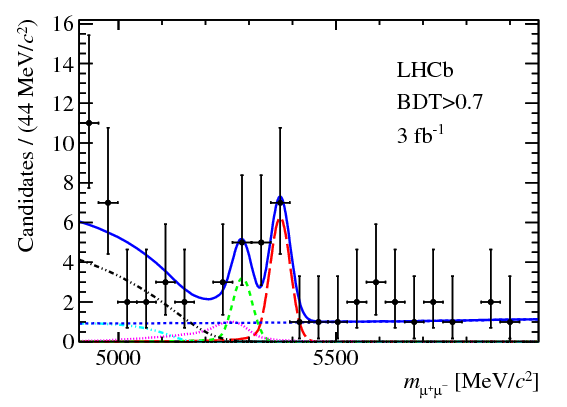Honesty in abstracts
Posted by David Zaslavsky onI like this:
To illustrate the standard candle property of gamma-ray pulsars (and also to thereby confirm the recent first-principle calculation of pulsar gamma-ray emission), we “measure”, via the lightcurve fitting, three distances and one moment of inertia of some weak pulsars. We are not sure what the three distances are good for, but the measurement of the moment of inertia must be of interest for nuclear physics. Although we must state that the quality of the numerical program which we use to calculate the lightcurves and efficiencies is inadequate (as are the author’s qualifications as a numericist and data analyst), in good hands, and upon an easily doable extension to non-weak pulsars, the method’s yield should be impressive.





